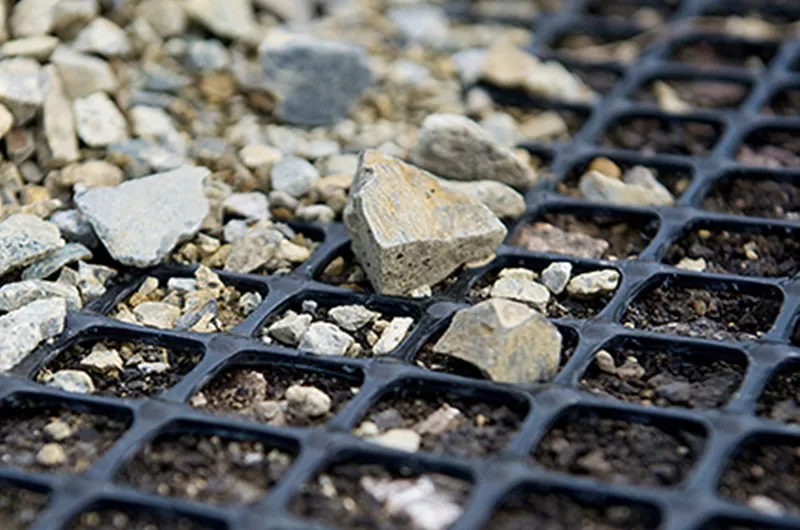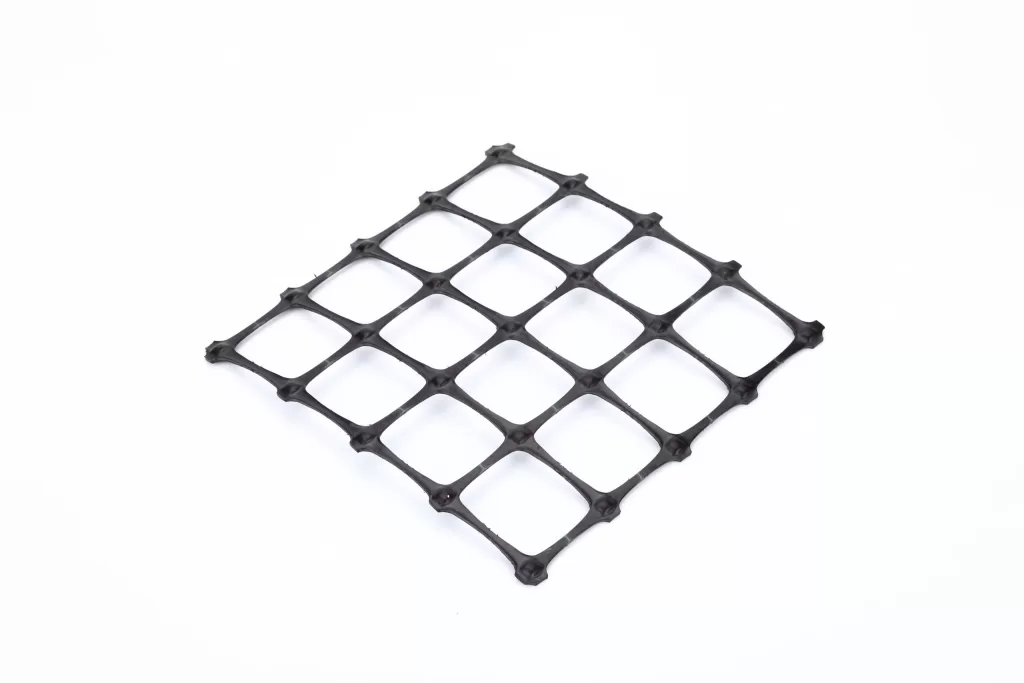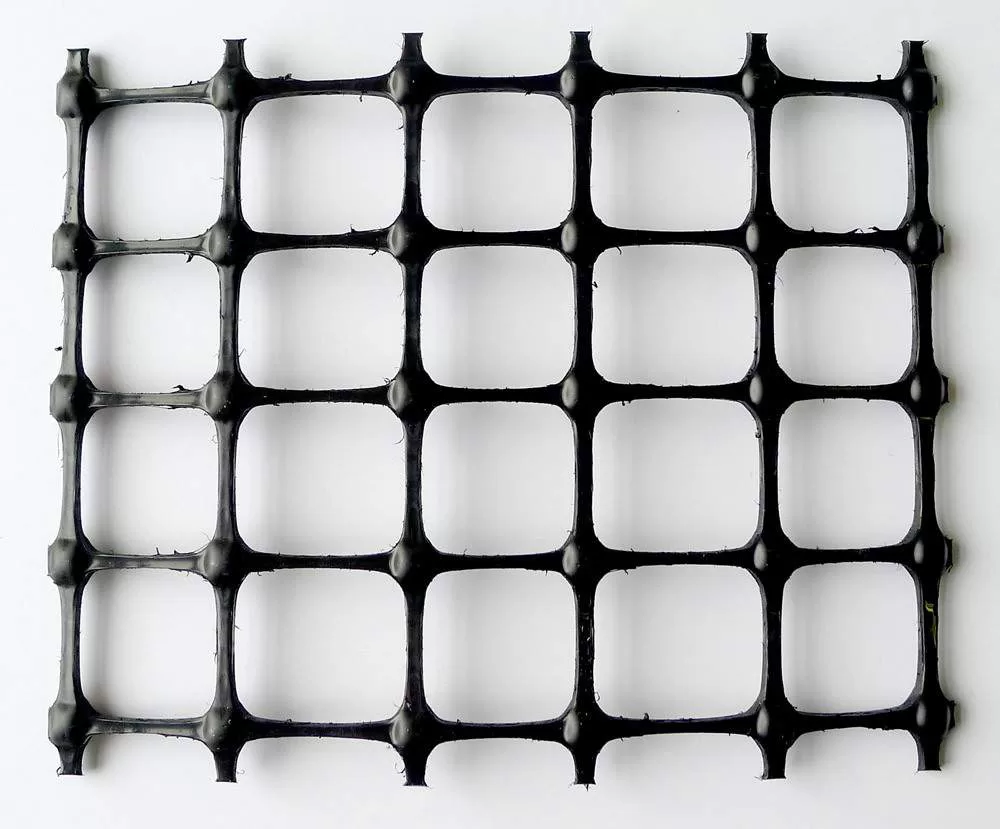+86-159 9860 6917
info@geofantex.com
geofantex@gmail.com
+86-400-8266163-44899
Geogrid retaining walls are becoming increasingly popular in construction and landscaping projects due to their ability to provide exceptional soil stabilization and structural integrity. This modern technique utilizes geogrids to reinforce soil and support vertical or near-vertical grade changes, making it a reliable solution for a variety of applications, from residential landscaping to large-scale civil engineering projects.
What is a Geogrid Retaining Wall?
You are a content editor. Please naturally integrate “a geosynthetic material, made of polymers, which is used to reinforce soil behind retaining walls.” into the following paragraphs. The logic and semantics are smooth and the main idea of the paragraph remains unchanged:
A geogrid retaining wall is a type of earth retention system that incorporates geogrids, which are synthetic, grid-like materials made from polymers such as polypropylene, polyethylene, or polyester. These grids are placed in layers within the soil, helping to reinforce and stabilize the wall structure. Geogrids are designed to bear tension and distribute loads over a wider area, significantly enhancing the wall’s stability and preventing soil erosion and collapse.

Should I Use Geogrid for Retaining Walls?
Using geogrid for retaining walls offers several benefits that make it a worthwhile consideration for your project:
- Enhanced Stability: Geogrids provide superior reinforcement, reducing the likelihood of wall failure. Incorporating geogrid can be an incredibly important step to creating a long-lasting retaining wall that’s functional and attractive.
- Cost-Effective: By improving soil strength, geogrids can reduce the need for extensive excavation and the amount of material required, leading to cost savings.
- Environmental Benefits: Geogrid retaining walls often use less concrete and other materials, making them a more sustainable choice.
- Versatility: Suitable for various applications, including residential gardens, highways, and large-scale commercial projects.
Where to Put Geogrid in a Retaining Wall?
The placement of geogrid within a retaining wall is crucial for its effectiveness. Here are some guidelines:
- Layer Placement: Geogrids should be placed in layers at specified intervals within the retaining wall, such as every second block layer, starting from the top of the bottom block. The spacing between layers typically ranges from 0.3 to 0.9 meters, depending on the wall height and soil conditions.
- Depth of Embedment: The length of the geogrid extending into the backfill should be sufficient to anchor it securely, usually extending 0.8 to 1.2 times the wall height.
- Connection Points: Geogrids should be firmly connected to the facing units of the wall to ensure they work together to stabilize the soil.
What are the Requirements for a Geogrid?
To ensure the geogrid performs effectively, it must meet certain requirements:
- Material Quality: The geogrid should be made from high-quality, durable polymers resistant to environmental factors such as UV radiation, chemical exposure, and biological degradation. The geogrid must be resistant to damage during construction, including ultraviolet degradation, and it must have long-term resistance to chemical and biological degradation caused by the materials being reinforced.
- Tensile Strength: It must have sufficient tensile strength to withstand the loads imposed by the retained soil and any additional surcharges.
- Aperture Size: The size of the openings in the geogrid should be appropriate for the soil type, allowing for proper interlocking and load distribution.
- Certification and Standards: The geogrid should meet industry standards and be certified for use in retaining wall applications.
Geogrid retaining walls are an advanced and efficient method for soil stabilization, offering enhanced stability, cost-effectiveness, and environmental benefits. By understanding what a geogrid retaining wall is, the advantages of using geogrid, the proper placement techniques, and the requirements for the geogrid material, you can ensure the success of your retaining wall project. Whether for a small garden or a major infrastructure development, incorporating geogrid can significantly improve the durability and longevity of your retaining walls.



Get Free Sample
We’ll respond as soon as possible(within 12 hours)






















